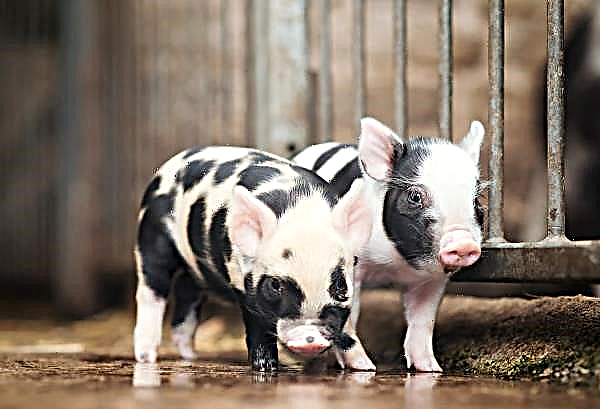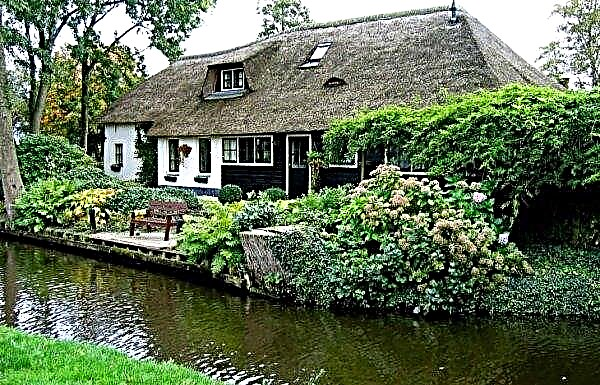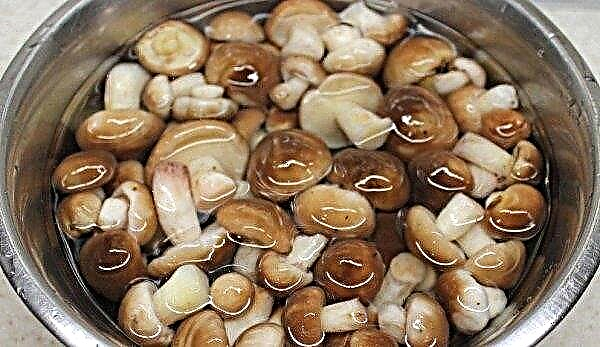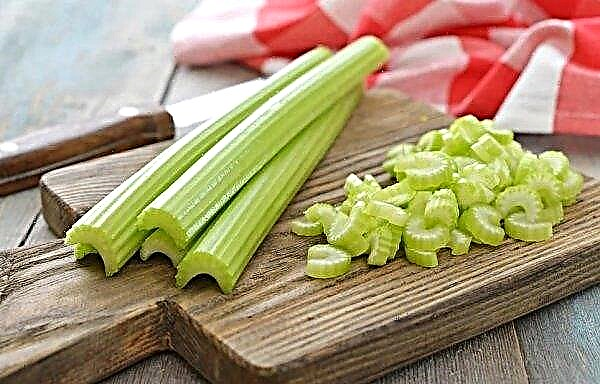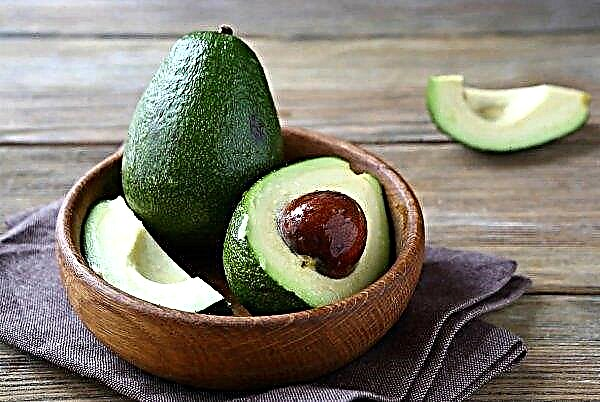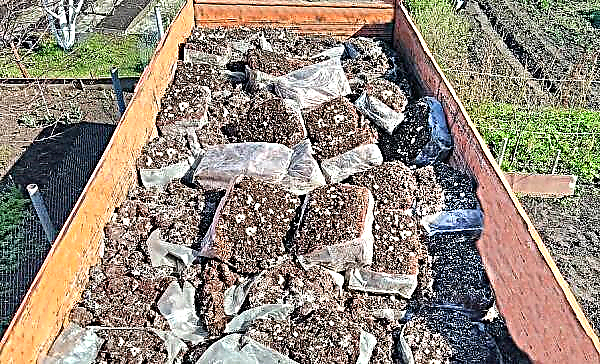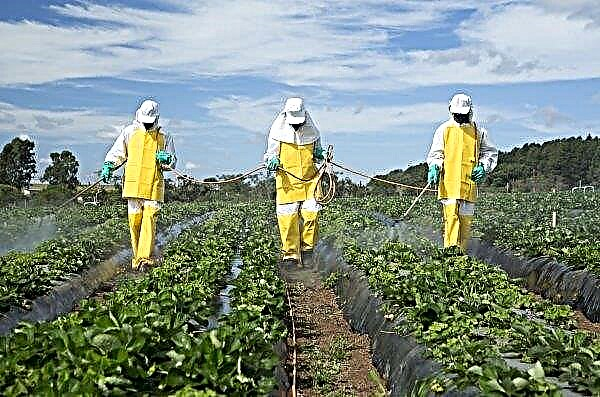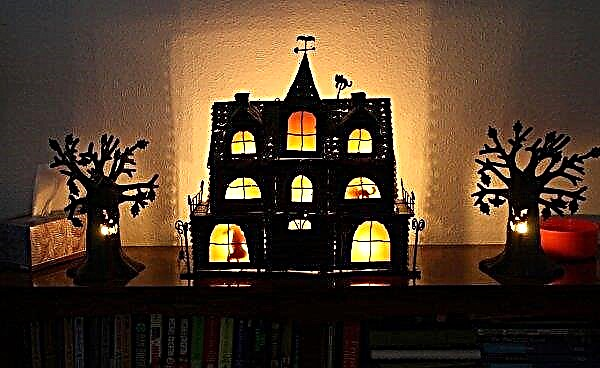In Russia, to breed bee products, seven breeds of honey bees are bred, one of which is Carpathian. Individuals of this breed, which are also called Carpathians, have proven themselves in a variety of conditions and regions of the post-Soviet space. We learn the history of the appearance of Carpathian bees, their description, features, advantages and disadvantages.
The origin of the Carpathian breed of bees
This breed was formed in the unstable and harsh climate of the Carpathians, which caused it to have qualities that were useful to farms. They were first noted in the 20s of the last century in Czech publications devoted to beekeeping.
The first scientific papers on the Carpathian bee were written in 1954 by Uzhgorod State University F.I. Major. A little later they were confirmed by the practice of breeding at the Ukrainian experimental beekeeping station.
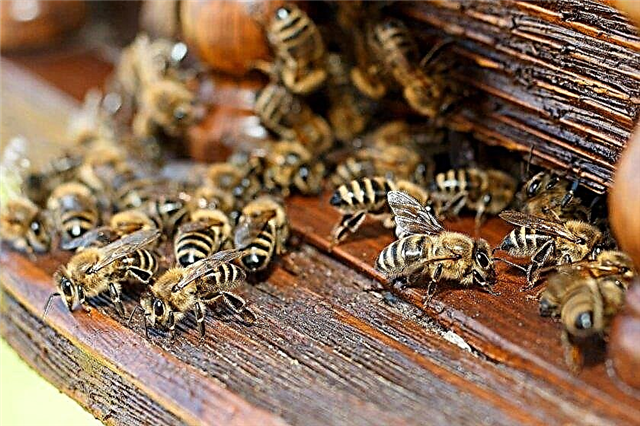
The most complete studies of these bees were carried out by the Moscow Agricultural Academy. K.A. Timiryazev (TSHA), professor G. Avetisyan in 1966. In the same year, an agreement was signed between the Republican Office of Beekeeping of the Ukrainian SSR and TSHA on joint work on the breeding of Carpathian bees.
Tests conducted in various parts of the USSR brought positive results and confirmed the high productivity of the breed. In 1971-1974, carpathians showed such high results that this marked the beginning of their large-scale breeding for honey.
In 1984, the Mukachevo bee complex was created, and in 1987, research was started on it to improve the breed. In 1989, the same department was created for the selection and reproduction of this breed from the National Scientific Center of the Institute of Beekeeping named after P. Prokopovich.
Did you know? The first beehive was invented by 1814 by the Russian beekeeper P. Prokopovich P. His personal apiary in the village of Mitchenki, Konotop district, counted about 10 thousand bee families.
As a result of their work, today 5 types of carpathians are bred:
- Vuchkovsky;
- Hoverla;
- Kolochavsky;
- Synevyr;
- Rakhovsky.
Appearance
Carpathian bees have a gray body color and a silver edge of the abdomen, without the yellow stripes inherent in these insects. Individuals of the Rakhovsky type have a more dull silver color. The uterus is black and dark red. Males have grayish or brown tones.
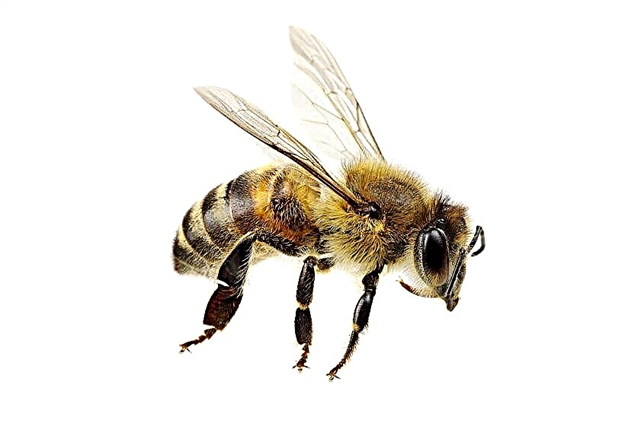
The average working Carpathian bee has a proboscis 6.3-7 mm long and weighs about 110 mg at the age of 24 hours. Upon exit from the mother liquors, its mass reaches 208 mg, and by the beginning of the laying of eggs - 216 mg. The third tergite is approximately 4.8 mm wide. During precipitation from the nucleus, the body weight of the carpathian reaches 232 g.
Distinctive features and general characteristics of the Carpathian bee breed
Consider the main characteristics of carpathians.
Did you know? Beehives made by man were discovered on ancient Egyptian frescoes and some images of the Ancient East about 5 thousand years ago.
Behavior features
Carpathian bees peacefully and calmly respond to humans, are not aggressive. When working with them, you can not use bite protection.
Honey Harvest Features
These insects love different types of herbs. With the help of a long proboscis, nectar can be obtained from many nectaries. Representatives of this species are attracted to plants with a sugar content of 8%. Carpathian bees quickly process a large area to collect honey. 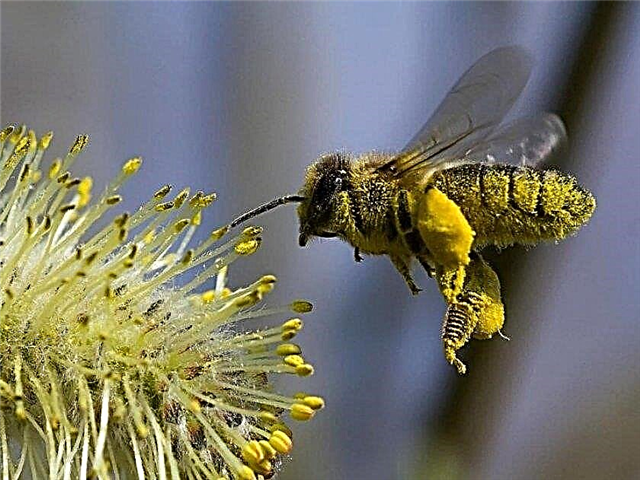 At the same time, adverse weather conditions for collection (fog, rain, cold) are not a hindrance to them. Therefore, all families always have honey available. Carpathians quickly build a wax. In one season, the family can build up to 20 new frames. The honey seal is mostly dry. The breed is not prone to swarming. Only 5% of families use this ability.
At the same time, adverse weather conditions for collection (fog, rain, cold) are not a hindrance to them. Therefore, all families always have honey available. Carpathians quickly build a wax. In one season, the family can build up to 20 new frames. The honey seal is mostly dry. The breed is not prone to swarming. Only 5% of families use this ability.
Productivity indicators
Carpathian bees collect good quality honey with low sugar content. This species has an average productivity of 35 to 40 kg of honey. Some bee colonies are able to produce 70–80 kg.
Breeding
The uterus of this species is very fertile. Up to 1800 testicles can be produced in 1 day. On farms that have been engaged in beekeeping for more than 20-30 years and are engaged in breeding to improve the species, the productivity of beekeepers can reach up to 2500-3000 eggs per day. A positive feature of the species is the ability to safely carry out the replacement of bees.
Important! If the family has one uterus, it is necessary to regularly inspect the hive. The death of the queen leads to the abandonment of the family, and this can lead to the formation of a large number of drones. Therefore, when a uterine death is detected, you need to immediately plant a new queen.
At the same time, two queens can live in the same family. The old uterus and her daughter peacefully live in the hive for up to 1.5 months. In Carpathian bees, mortality of the uterus is almost minimal. In spring, families quickly replenish. To collect nectar, the first flight occurs a little earlier than other species.
Advantages and disadvantages of Carpathian bees
- Carpathians have a large number of advantages:
- quickly creates and develops a family in the spring;
- works equally with different types of bribes;
- collects nectar with a low sugar content;
- does not lose working ability in bad weather conditions;
- low ability to swarm;
- the production of a large amount of wax without negative consequences for the production of honey;
- propolisation in moderation, and this facilitates the maintenance of hives;
- They are well oriented in any space, which allows pollination of plant crops in greenhouse constructions;
- the body is resistant to the appearance of many pests and diseases;
- not aggressive, have a peace-loving character;
- excellent ability to collect honey - an average of 40 to 50 kg per family.
Very high honey bearing has a Carpathian Goverl bee.
Important! All of the above qualities have a pure breed of Carpathian bees. Recently, cases of selling their hybrids instead of carpathians have become more frequent, so you should make a family purchase from a reliable seller.
This bee species has many advantages, but there are small disadvantages.
- Consider them:
- increased tendency to theft;
- small production of propolis, which is in great demand in the market for medical use;
- in an area other than the Carpathians (steppes, plains with a forest belt), they are aggressive;
- it does not fight wax moth, which forces a person to fight this pest on their own.
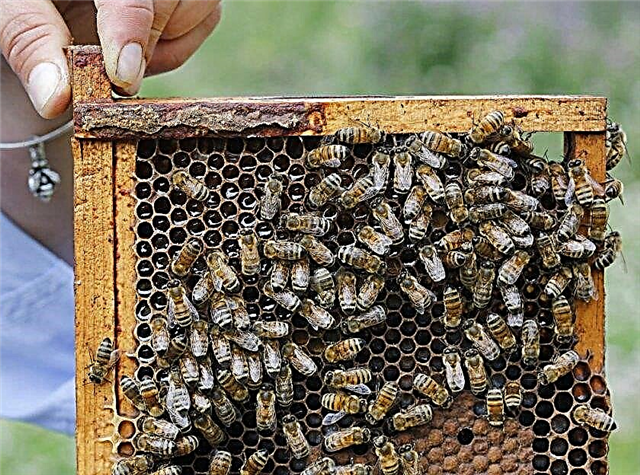
Home breeding tips
Professional beekeepers give the following useful recommendations to those wishing to have Carpathian bees:
- When buying a bee family, you need to examine the uterus. She will be larger than just working females, and have an elongated abdomen, not covered by wings. It moves somewhat slowly, and, as a rule, is located in the center of the nest with a honeycomb with eggs. It is necessary to focus on the following - wings, limbs and abdomen should be without damage.
- The quality of the brood should be assessed - the uterus must produce eggs in each cell. If there are empty cells, such a uterus will need to be replaced.
- Be sure to put a fence for an apiary with a height of at least 1.5 m.
- The place for beehives should not be near water bodies and have dampness. Industrial areas should also be avoided.
- Choice of beehives. It is preferable to acquire single evidence that can be folded. Attention should also be paid to protection against low temperatures. On children in the winter should not stick snow. Inside the hives there must be cleanliness and plenty of food.
- An apiary is best placed near honey plants that bloom early so that bees have quick access to a food source in spring.
- In the spring, you need to more carefully inspect the hive to control the framework. As necessary, they need to be added or removed. After collecting honey in spring, you need to create layering and remove the drone brood - this will give more space for construction.
- The hives should be located in a quiet place, away from paths, country roads and highways. Bees do not tolerate noise and loud sounds, and this can force them to leave the hive.
The Carpathian bee breed appeared not so long ago, but has already become popular due to a considerable number of positive features for beekeepers.

